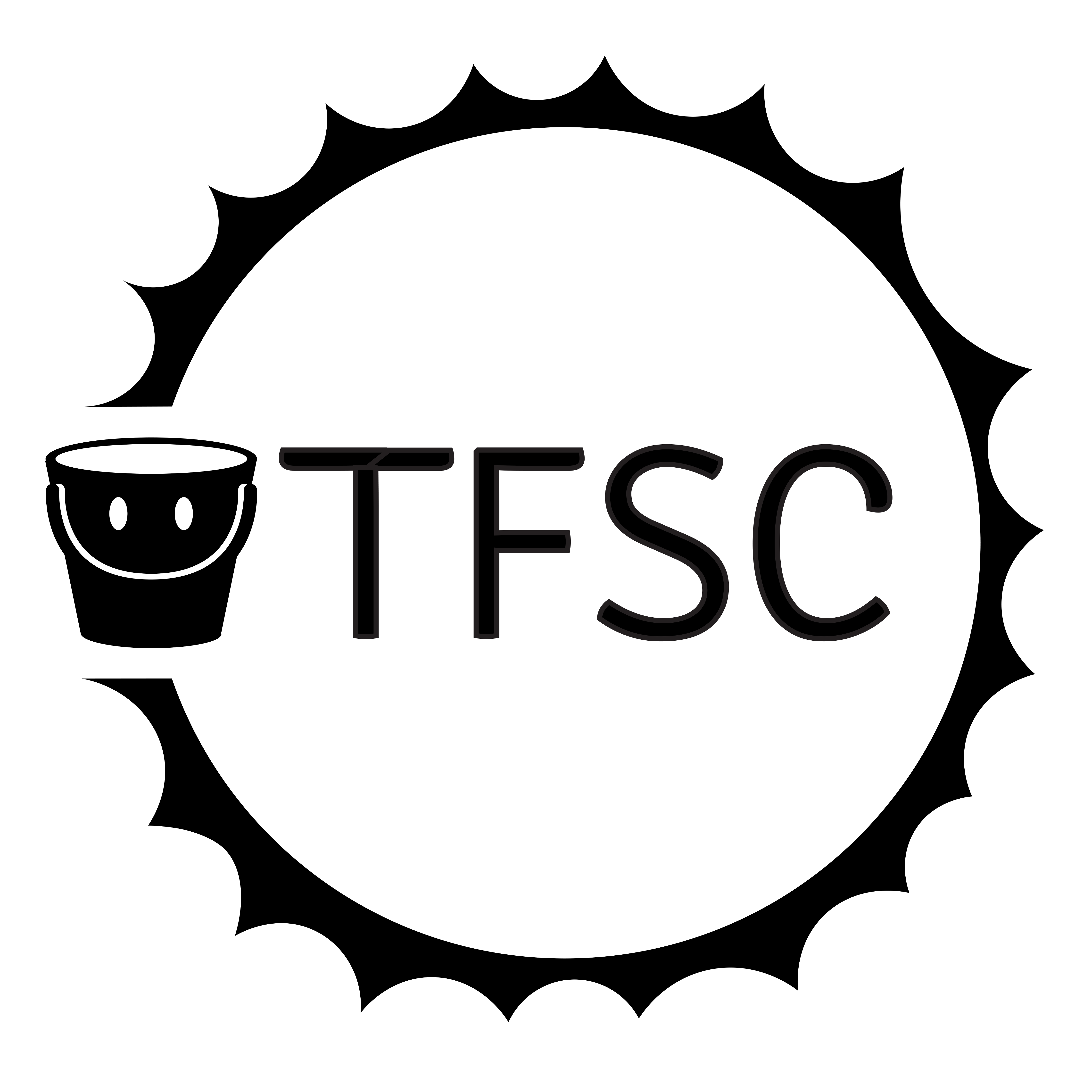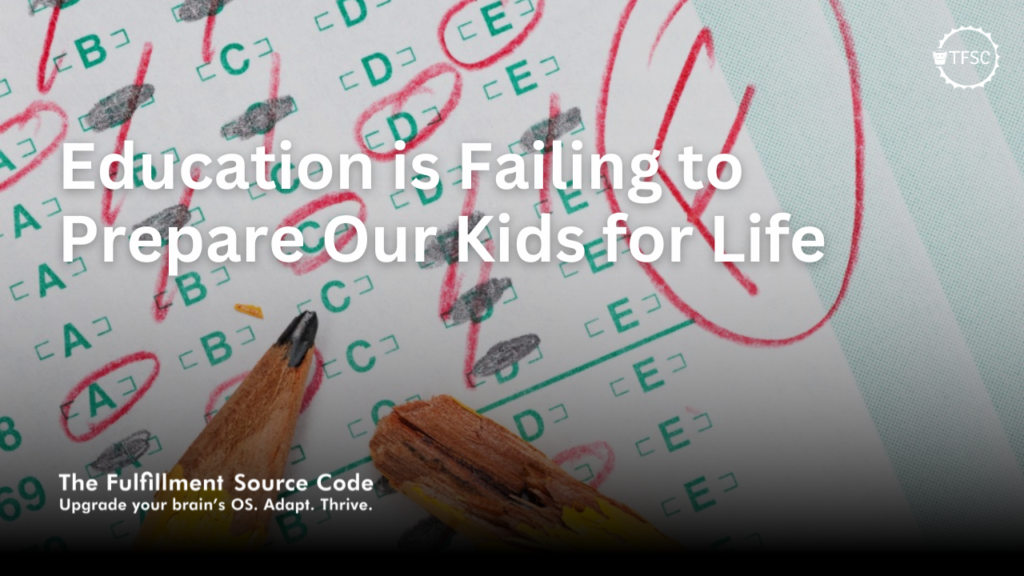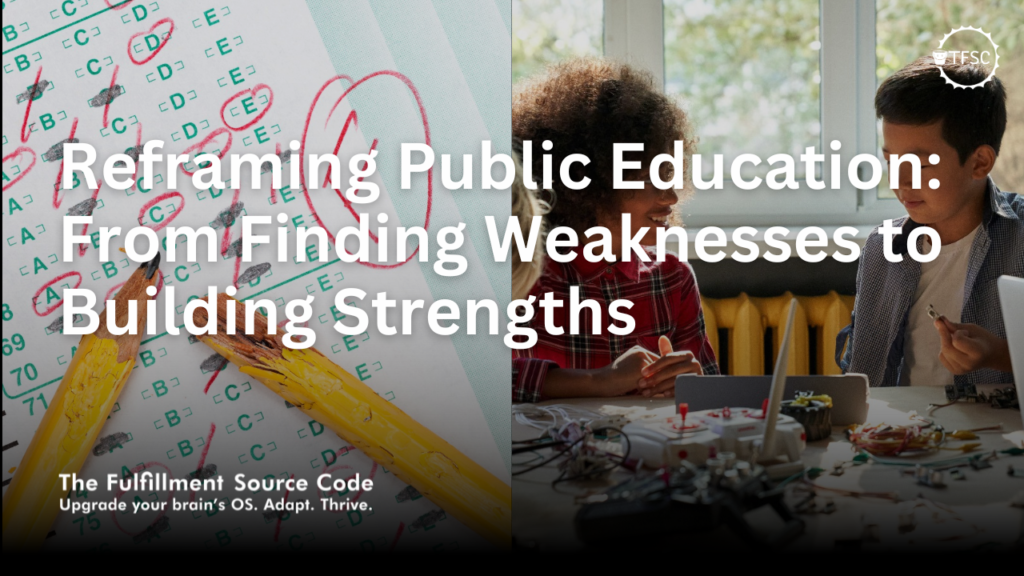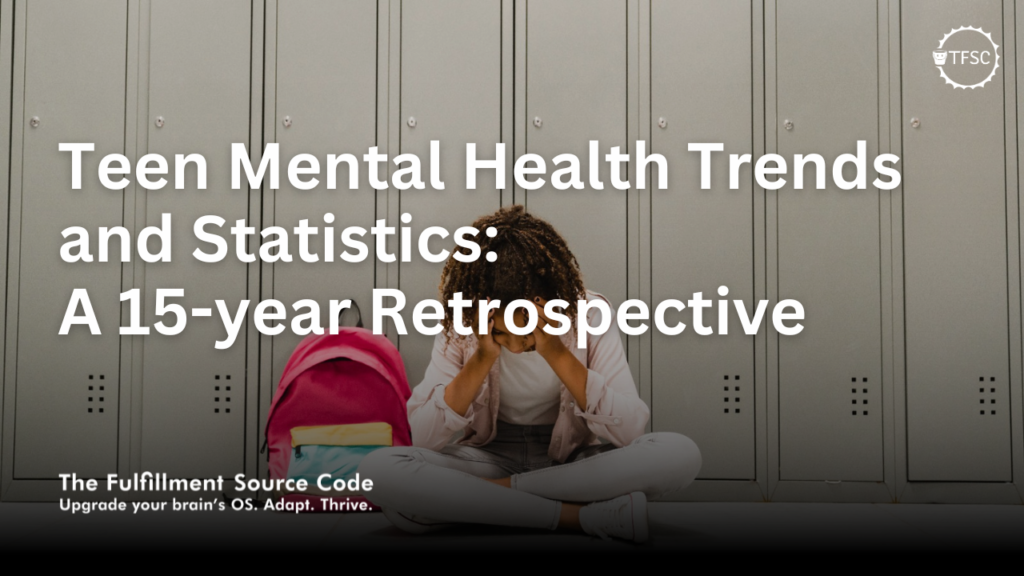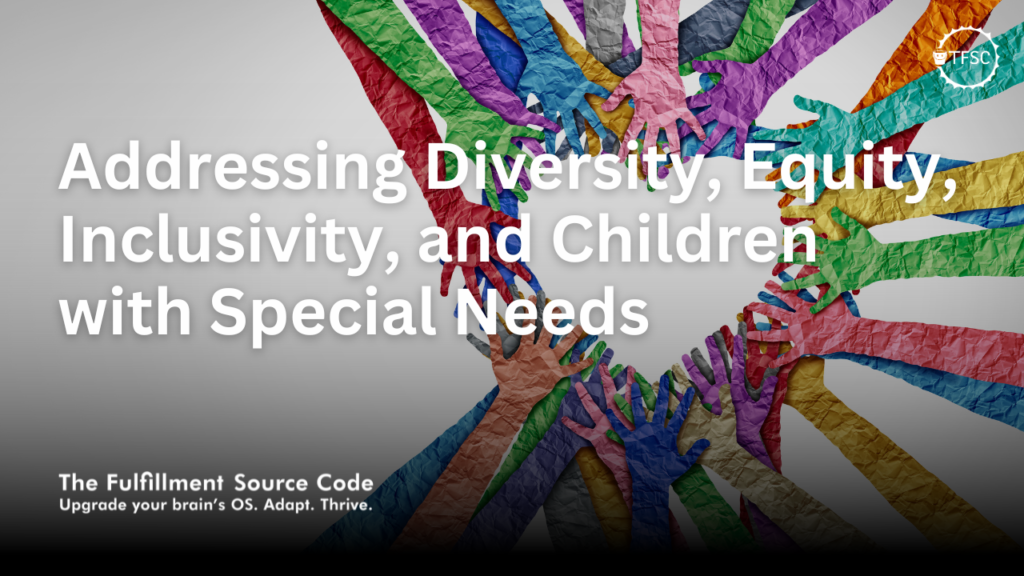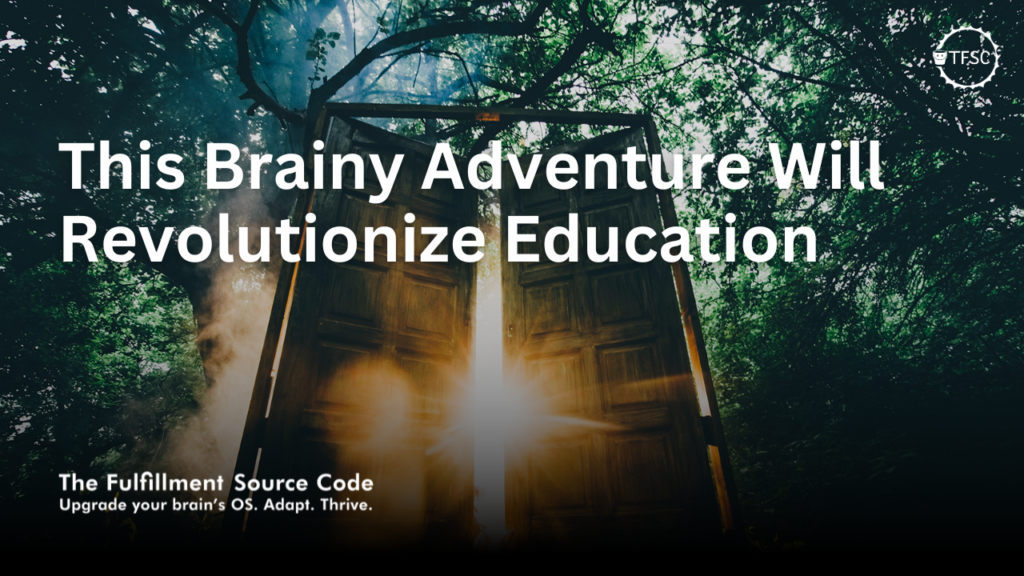Bridging the Gap: The Crucial Skills Missing in K-12 Public Schools
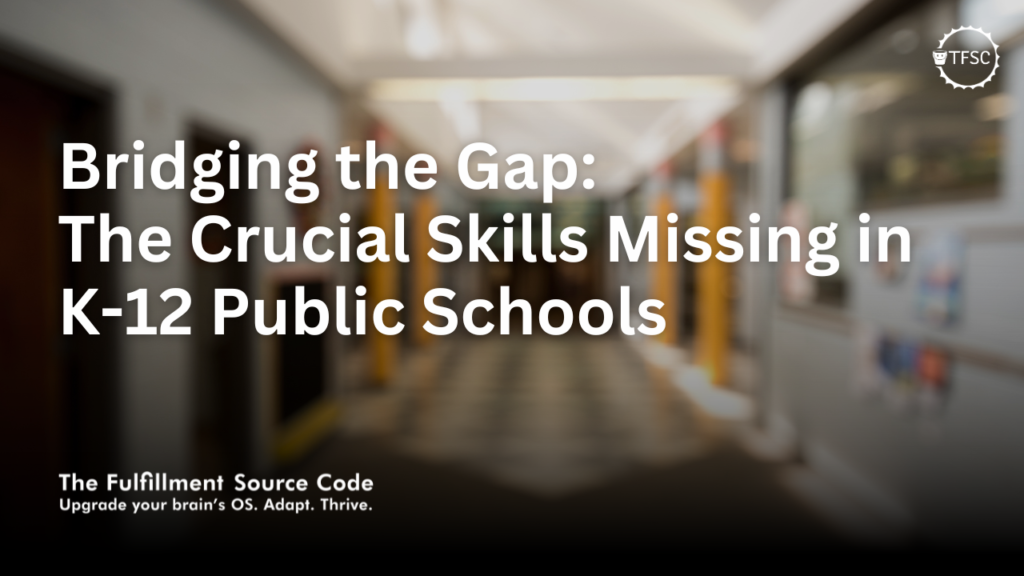
As we look towards the future, experts agree that there is a disconnect between what K-12 public schools are currently delivering and the skills needed to thrive in both the workforce and life in general. While these schools have always been the cornerstone of education, it’s time to address the gap and design a system that truly works for the modern era.
According to a report from McKinsey & Company (2018) on the future of work in America, the demand for critical thinking, problem-solving, creativity, and emotional intelligence is rapidly growing in the job market. However, a study by N. R. Silins and A. Mulford (2020) found that schools often fail to develop the necessary life skills such as self-awareness, resilience, effective emotional and relationship skills, and more, which will be critical in the 21st century.
This lack of essential life skills has implications for future generations’ success in the workforce. A report by S. S. Brashears et al. (2020) highlights the need for STEM skills, which are currently in high demand but are in short supply. This skills gap is limiting the potential for growth in various industries. A study by J. P. Carnevale, N. Smith, and J. Strohl (2019) found that aligning education and training could bridge the skills gap in the labor market.
The gap also extends to mental health, as highlighted by various studies. K. M. Hill and L. C. Elledge’s (2021) study emphasizes the need for mental health services in K-12 schools. Mental Health America’s (2021) report underscores the impact of COVID-19 on mental health in America and stresses the importance of addressing mental health needs in schools to promote well-being. Moreover, a review of the literature by K. B. Kothari and K. T. Kuo (2021) highlights the need to understand the school mental health workforce and promote mental health and well-being in schools.
It’s essential to address the gap in mental health services and support as it can have long-lasting implications for students’ well-being and academic success. R. M. Miller and L. N. Coker’s intervention (2019) emphasizes the need to promote mental health in schools for students and teachers.
In conclusion, the skills gap in K-12 public schools is a pressing issue that needs immediate attention. Addressing this gap will ensure that future generations are well-equipped with the essential life and work skills that are vital in the 21st century. It’s time to bridge the gap and design a system that truly works for the modern era, promoting mental health and well-being along the way.
Sources & References
National Center for Education Statistics. (2021). Digest of Education Statistics, 2020. U.S. Department of Education.
National Center for Education Statistics. (2019). School Choice in the United States: 2019. U.S. Department of Education.
EdChoice. (2020). The 2020 Schooling in America Survey.
